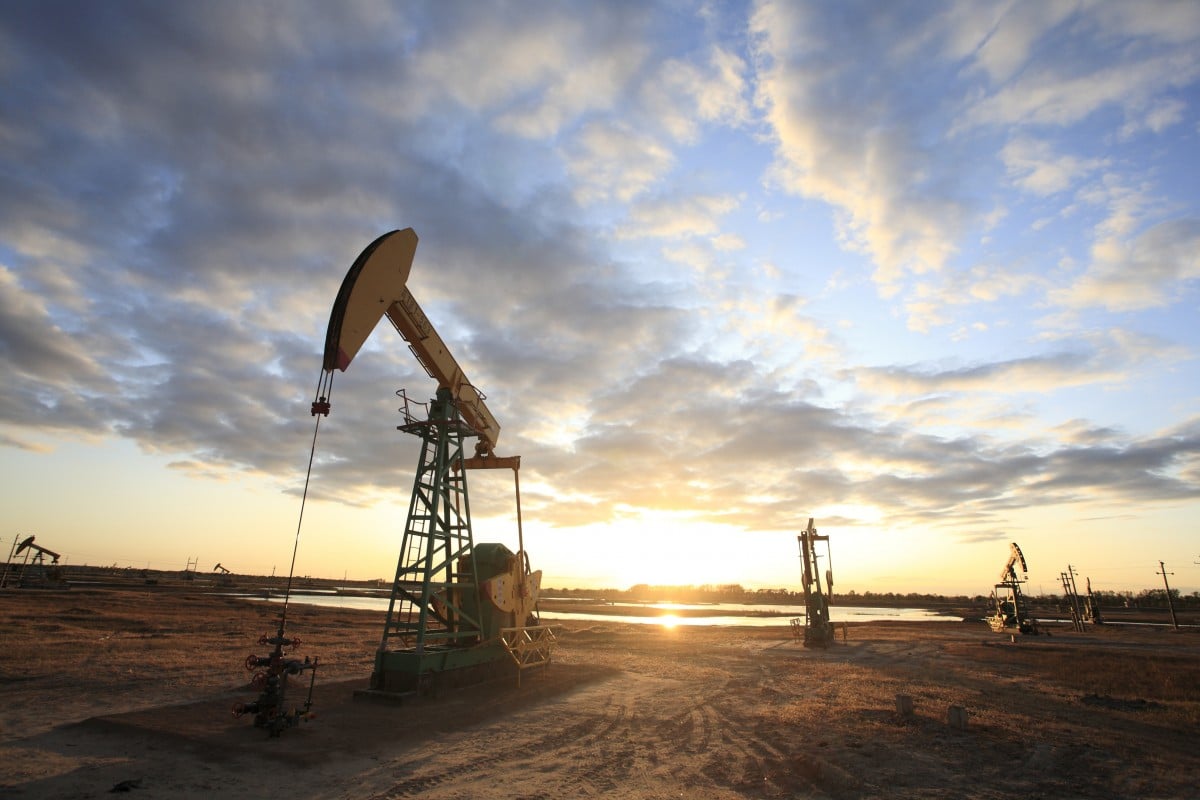Oil Prices Decline as Markets Process U.S. Election Impact and Global Demand Concerns
Global oil prices slipped on Thursday, extending losses triggered by the recent U.S. presidential election results. As investors digest the potential impact of Donald Trump’s return to the White House, factors like a strong U.S. dollar and reduced crude imports from China have compounded downward pressure on oil. Concerns around supply risks from Trump’s policies and production interruptions, such as Hurricane Rafael’s impact on U.S. output, have so far been insufficient to counterbalance broader market headwinds.
Election Fallout and Dollar Strength Weigh on Oil Markets
The U.S. election initially sent ripples through oil markets, with a sell-off pushing crude prices down more than $2 per barrel. This reaction was largely due to the dollar rally that followed Trump’s win. A stronger dollar generally makes commodities priced in dollars, such as oil, more expensive for foreign buyers, reducing demand. By Wednesday’s close, however, crude prices had steadied somewhat, ending the session with a less-than-1% decline.
Despite initial reactions, analysts note that oil markets are still assessing the potential implications of Trump’s presidency on U.S. energy policies. Trump has historically supported domestic oil production and reduced regulation, which could lead to increased U.S. output. However, global market dynamics, including China’s reduced demand and currency fluctuations, continue to play a significant role in setting oil prices.
Brent and WTI Crude Prices See Declines
On Thursday morning, Brent crude futures (BZ=F) recorded a 48-cent, or 0.6%, decline, trading at $74.44 per barrel as of 10:40 a.m. GMT. U.S. West Texas Intermediate (WTI) crude (CL=F) similarly dropped, slipping 61 cents, or 0.9%, to $71.08. These declines come amid investor caution and signals of weakened global demand, particularly from China, one of the world’s largest oil importers.
Chinese demand remains a critical factor for oil prices, and recent data showing lower crude imports has added downward pressure on the market. As China’s economic growth shows signs of slowing and its energy policies emphasize renewable sources, the country’s need for imported oil has decreased, sending ripples through the global oil market. This trend has intensified concerns among traders who rely on strong Chinese demand to keep prices buoyant.
Supply Risks from Trump’s Policies and Hurricane Rafael
Trump’s presidency could potentially reshape the oil market in the coming years, particularly as his administration may look to ease restrictions on U.S. drilling activities, encouraging domestic production. However, with global oil markets currently oversupplied, any significant increase in U.S. output could contribute to further downward pressure on prices.
At the same time, Hurricane Rafael has recently disrupted some production in the Gulf of Mexico, temporarily reducing supply. While the hurricane’s impact on overall output is likely to be short-lived, it highlights the vulnerability of U.S. production to natural disasters. These disruptions, while potentially supportive of prices in the short term, are not expected to have a lasting impact given the broader issues influencing the market.
Balancing Investor Sentiment and Long-Term Market Trends
The global oil market remains volatile as traders continue to balance short-term supply risks against broader economic factors. Investor sentiment is cautious, given the mix of election-driven uncertainties, currency fluctuations, and slowing demand from key importers like China. Many analysts suggest that the market could see further fluctuations as the Trump administration’s energy policies become clearer and their impact on production and exports is better understood.
Additionally, potential U.S. sanctions or trade restrictions under Trump’s foreign policy agenda could also affect the global oil trade. Trump’s previous administration saw the imposition of sanctions on major oil-producing nations, which limited supply and buoyed prices at the time. However, it is uncertain whether similar measures would be reintroduced and how they would influence an already oversupplied market.
Looking Ahead: Oil Market Prospects
As markets digest both the U.S. election results and shifting global demand, oil prices could experience continued volatility in the near term. Many investors are closely monitoring both the domestic energy policy direction in the U.S. and economic indicators from China to gauge the potential trajectory for oil prices in the months ahead. Furthermore, with potential policy shifts and market reactions unfolding, traders remain wary of making aggressive moves in a landscape marked by mixed signals and macroeconomic pressures.
For now, the market appears to be responding more to the strength of the U.S. dollar and China’s economic indicators than to potential supply disruptions. Whether Trump’s presidency will lead to a longer-term adjustment in oil production and pricing trends remains to be seen, but early indicators suggest a complex period ahead for the global oil market.
Source : Swifteradio.com


